Introduction to Cherry Angiomas
Cherry angiomas are skin defects that commonly appear in babies, but they are not very harmful.
They are a benign red growth on the skin, and they get their name from the fact that they look like tiny cherries growing on the skin.
They appear as lumps on the skin, but they have a smooth texture, and they can appear anywhere on the body but are usually fairly small.
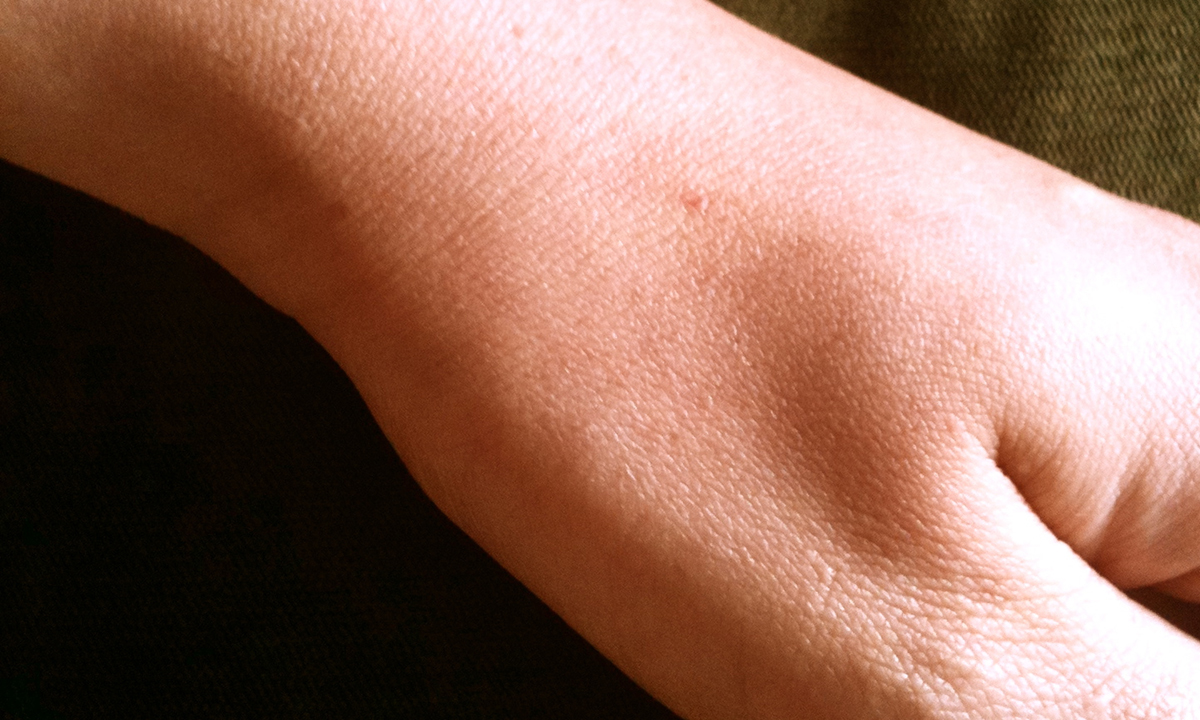
They are also painless usually, but sometimes they can get irritated, especially if the baby picks at them or they are scratched in some way.
However, they rarely get irritated.
Even though they are something that babies often get, these cherry angiomas are most common in people over the age of 30.
There is nothing very consistent about their growth, they can sometimes grow larger over time, but sometimes they decrease in size as well.
Cherry Angiomas Causes
Doctors have yet to find out what causes them, but there are safe and effective home remedies that can be used to get rid of them.
- Cherry hemangiomas are seen in about 7% of adolescents and 75% of adults over 75 years of age. These lesions develop in adults in the third or fourth decade of life. About 5% to 41% of people begin to have cherry hemangiomas in their 20s. These lesions begin as small red macules or papules. They are initially 1mm in size and can reach up to 2.3 mm by the age of 50 but are usually less than 3.5 mm.
- Cherry angiomas mostly appear with age. Although they are found to have an association with some malignancies, they are mostly developed in healthy individuals. These lesions begin as bright red, flat macules and grow to become 1 to 5 mm red papules. They are usually asymptomatic but can bleed with trauma. They can appear on both sun-exposed and unexposed skin but usually spare mucous membranes. These lesions are present in the dermal papillae, and they consist of tortuous and spherical dilatations of capillary loops.
- These lesions are most often asymptomatic but may bleed with trauma. Patients may want to remove a cherry hemangioma, most often for either cosmetic reasons or for the prevention of bleeding following trauma. Treatment for smaller lesions includes local anesthesia with 1% lidocaine, followed by electrocauterization. Larger lesions are often treated with shave excision, with electrocauterization of the base. In addition, cryotherapy may be employed. Superficial lesions may also be treated with CO2 laser therapy.
- Although traditionally cryosurgery, electrosurgery, or curettage have been employed in the treatment of cherry hemangioma, more recently, pulsed dye laser or intense pulsed light has been used with success. Krypton and 532 nm diode lasers work very well in eradicating these lesions. Patients should be advised that the removal of these lesions may cause scarring.
Home remedies
The most important thing to remember is that a healthy diet is necessary to prevent cherry angiomas. It is important not to eat any junk food or other foods that are generally not recommended, especially fatty and greasy foods.
Foods that contain a lot of vitamins A and E should be consumed regularly, and it is also important to stay away from sugar. Instead of drinking sodas and juices, try to stick to water instead.
When a person drinks a good amount of water daily, this helps to get rid of all the toxins that build up in the body over time, which will be beneficial for the entire body and the skin.
Another great skin care agent is sandalwood, and its use will help to prevent all types of skin problems.
One can make a paste out of sandalwood and basil which can be very effective for keeping the skin healthy.
Mix turmeric and sandalwood powder with water to make a paste, and then add a few basil leaves into the mix. Apply the paste to the cherry angiomas and leave the paste on for about 30 minutes before rinsing it off with warm water.
To avoid cherry angiomas, it is important to avoid stressful situations because stress can have a negative impact on the health of the skin. Stress can also cause an already existing cherry angioma to increase in size.


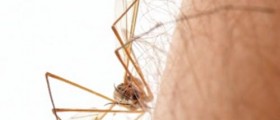
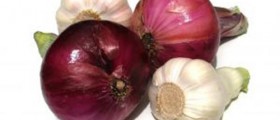
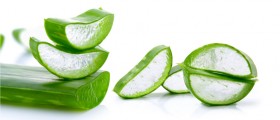
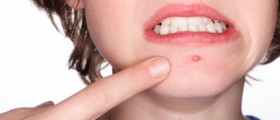
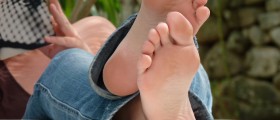
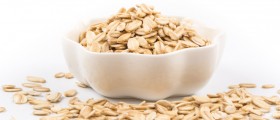
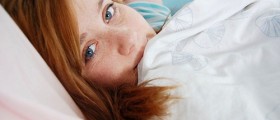
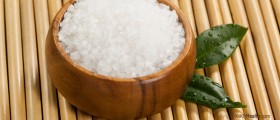

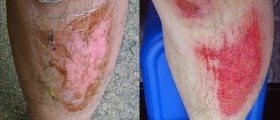

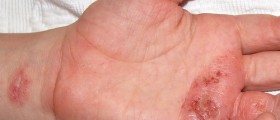
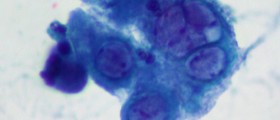


Your thoughts on this
Loading...